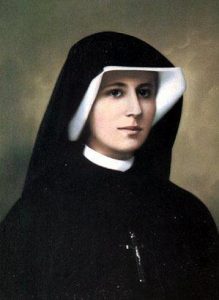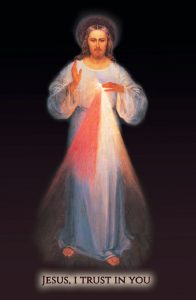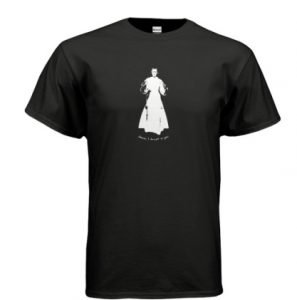
Pope John Paul II, born Karol Józef Wojtyła, was a deeply spiritual leader whose papacy was profoundly influenced by the Divine Mercy devotion. The teachings of St. Faustina Kowalska and the Divine Mercy message resonated with him throughout his life, shaping his spiritual journey, his papacy, and his contributions to the Catholic Church.
This article explores the influence of the Divine Mercy devotion on Pope John Paul II, including how it shaped his life, his papacy, and his efforts to promulgate the devotion worldwide.
 The Early Life of Karol Wojtyła
The Early Life of Karol Wojtyła
Born on May 18, 1920, in Wadowice, Poland, Karol Wojtyła grew up in a devout Catholic family. During his youth, he experienced the tragic loss of his mother, brother, and father, which deepened his reliance on God’s mercy and compassion. Karol entered the seminary in 1942, and he was ordained a priest in 1946.
From a young age, Karol Wojtyła was exposed to the Divine Mercy devotion through his fellow countrywoman, St. Faustina Kowalska. As a young priest and later as a bishop and cardinal, he became increasingly drawn to the message of Divine Mercy and its relevance for modern society.
The Papacy of Pope John Paul II
Elected as Pope on October 16, 1978, John Paul II was the first non-Italian pope in 455 years and the first Polish pope in history. His papacy was marked by an unwavering commitment to social justice, the sanctity of human life, and the importance of mercy and compassion in the face of suffering and evil.
Throughout his pontificate, Pope John Paul II consistently emphasized the Divine Mercy devotion as a central theme. In his second encyclical, “Dives in Misericordia” (Rich in Mercy), published in 1980, he explored the theological and pastoral dimensions of God’s mercy, drawing inspiration from the writings of St. Faustina Kowalska.
St. Faustina and Divine Mercy Sunday
One of the most significant ways in which Pope John Paul II promulgated the Divine Mercy devotion was through the canonization of St. Faustina Kowalska. He beatified Sister Faustina in 1993 and later canonized her on April 30, 2000, making her the first saint of the new millennium.
During the canonization ceremony, Pope John Paul II declared the first Sunday after Easter as Divine Mercy Sunday, fulfilling a request made by Jesus to St. Faustina in her visions. This act institutionalized the devotion within the Catholic Church and provided an annual opportunity for believers to focus on the message of God’s mercy and forgiveness.
Promoting the Divine Mercy Devotion
Throughout his papacy, Pope John Paul II continued to promote the Divine Mercy devotion, often referencing it in his homilies, speeches, and writings. He encouraged Catholics to embrace the message of mercy and to be instruments of God’s compassion in the world.
Pope John Paul II’s own life was a testament to the power of Divine Mercy. In 1981, after surviving an assassination attempt, he attributed his recovery to the intervention of the Divine Mercy. He later visited his would-be assassin in prison, offering forgiveness and exemplifying the mercy he so frequently preached.
Pope John Paul II’s life and papacy were profoundly influenced by the Divine Mercy devotion. His commitment to the message of mercy shaped his spiritual journey, his pastoral initiatives, and his efforts to share the devotion with the world
Learn more about the global impact of the Divine Mercy devotion
Article: Miraculous Origins of Divine Mercy
Article: St. John Paul II and Divine Mercy
Article: Behind the Divine Mercy image
Article: Miracles of St. Faustina
Shop for Divine Mercy devotional items at CatholicShop.com
And much more!
SHOP NOW








